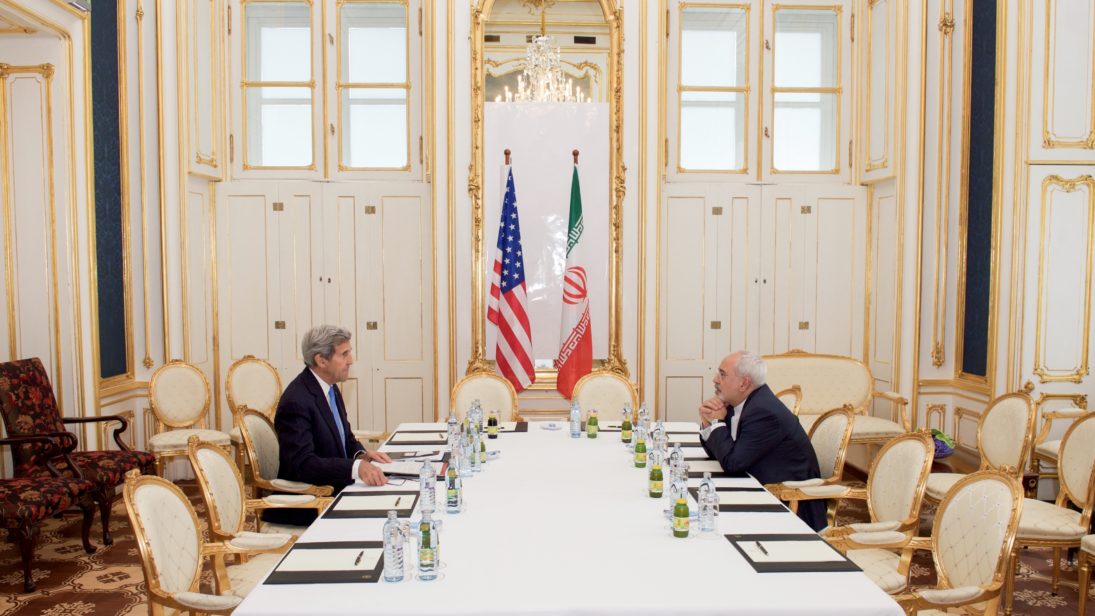
The recent Parameters for the Joint Comprehensive Plan of Action (JCPOA), released by the U.S. Department of State in April 2015, resulted in Iran’s agreeing to implement modified Code 3.1 under the International Atomic Energy Agency (IAEA) Subsidiary Arrangements of the Safeguards Agreement. Modified Code 3.1 was implemented in the early 1990s to ensure the IAEA had sufficient time to implement safeguards arrangements, since the 1976 Code only required states to inform the IAEA of their facilities “not later than 180 days” before the commencement of the construction of a nuclear facility. However, the JCPOA of 2015 was not the first time Iran has agreed to abide by modified Code 3.1. In 2003, after the discovery of its clandestine plant in Natanz, Tehran agreed – for the first time – to abide by modified Code 3.1, which required that Iran provide information on plans to build nuclear facilities “as soon as the decision to construct or to authorize construction has been taken, whichever is earlier.” One reason why the IAEA wanted Iran to comply with the modified Code 3.1 was because it would have made it easier for the IAEA to determine if there was any possible military dimension to Iran’s nuclear facilities, as it would have had access during early stages of construction. Once the reactors or centrifuges reach the final stages of construction, the verification process becomes more difficult.
However, Iran reverted back to the 1976 Code in 2007, which gave Iran greater leniency regarding when it needed to report new reactor plans. During this time, Iran was required to provide information on the Arak reactors. Tehran’s failure to provide design information verification (DIV) raised criticisms of Tehran’s non-compliance with the IAEA Safeguards Agreement. Since then, Iran has continued not providing DIV. In addition to this, Tehran has also failed to formally declare or provide design information on its nuclear facility at Darkhovin. Iran maintained that since it had not signed modified Code 3.1 before 2003, it was not obligated to immediately inform the IAEA of its decision to construct a nuclear facility. Tehran also maintained that it had received no nuclear material prior to 2003.
Additionally, Iran has attracted criticism of its Qom uranium enrichment facility, which the IAEA said violated the modified Code 3.1. However, Tehran claimed that since the parliament had not ratified the modified Code, it does not apply to the nuclear facility at Qom. Tehran also claimed that Tehran’s Uranium Conversion Facility did not receive any nuclear material prior to 2003 and since Iran had not signed the Modified Code 3.1 in 2003, it was not obligated to provide any information. In 2011, an Iranian official further justified its stance on not adhering to the modified Code since he believed that the Code was just “merely a suggestion” and not a formal provision of the Safeguards Agreement.
However, the IAEA has stated:
In accordance with Article 39 of Iran’s Safeguards Agreement, agreed Subsidiary Arrangements cannot be modified unilaterally; nor is there a mechanism in the Safeguards Agreement for the suspension of provisions agreed to in Subsidiary Arrangements.
Therefore, the 2003 agreement is still in place and Iran must comply with modified Code 3.1.
The United Nations Security Council (UNSC) passed resolutions in 2008 and 2010 which demanded that Iran comply with the modified Code 3.1 and also noted that the modified Code cannot be unilaterally altered. Despite this, the IAEA noted in Iran’s safeguards report from May 2012 that “Iran remains the only State with significant nuclear activities in which the Agency is implementing a comprehensive safeguards agreement but which is not implementing the provisions of the modified Code 3.1.”
Iran’s agreeing to implement and abide by the modified Code 3.1 in the 2015 JCPOA is an important win for the IAEA. Previously, the IAEA has had problems accessing some of Iran’s nuclear facilities. But there has been no formal agreement on the application of the Code on the military bases. Hence, it remains to be seen whether the Iranian Revolutionary Guards will provide the IAEA access to its military facilities for inspection since neither the Additional Protocol nor modified Code 3.1 provides the right to access Iran’s military facilities. As of April 2015, access to the Parchin military base has not yet been granted to the IAEA despite the modified Code 3.1. Thus, it is clear that for Tehran the Code is not applicable to its military sites, which could be a bone of contention in the progress of the nuclear deal in the future. Moreover, there have been two versions of interpretation of the Code: the IAEA’s and Iran’s. This too could be a future thorn in the progress of the deal.
***


